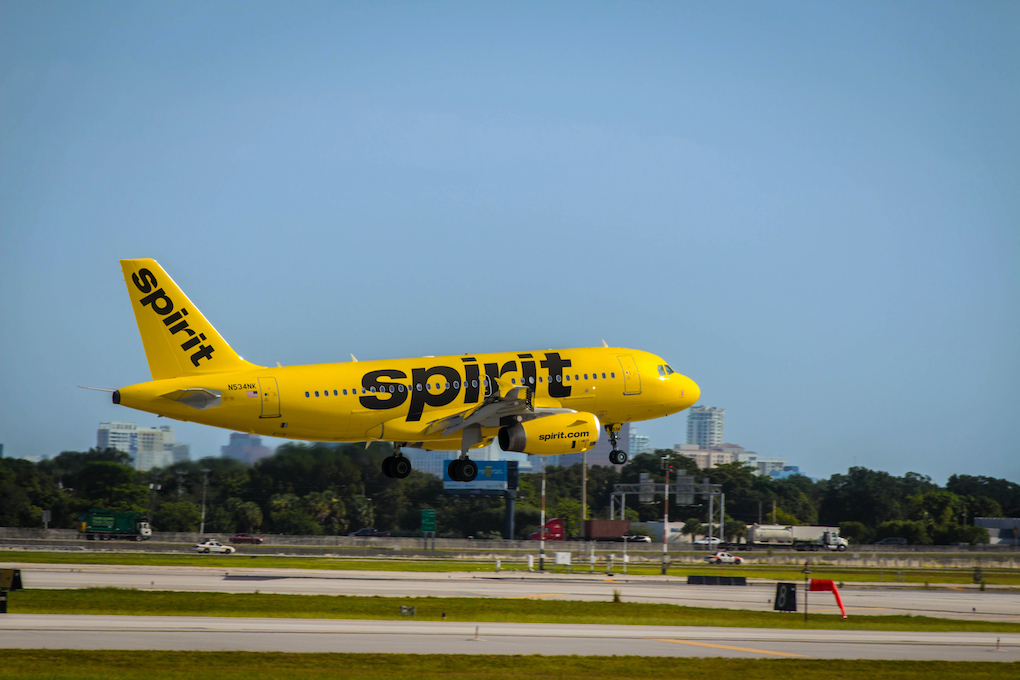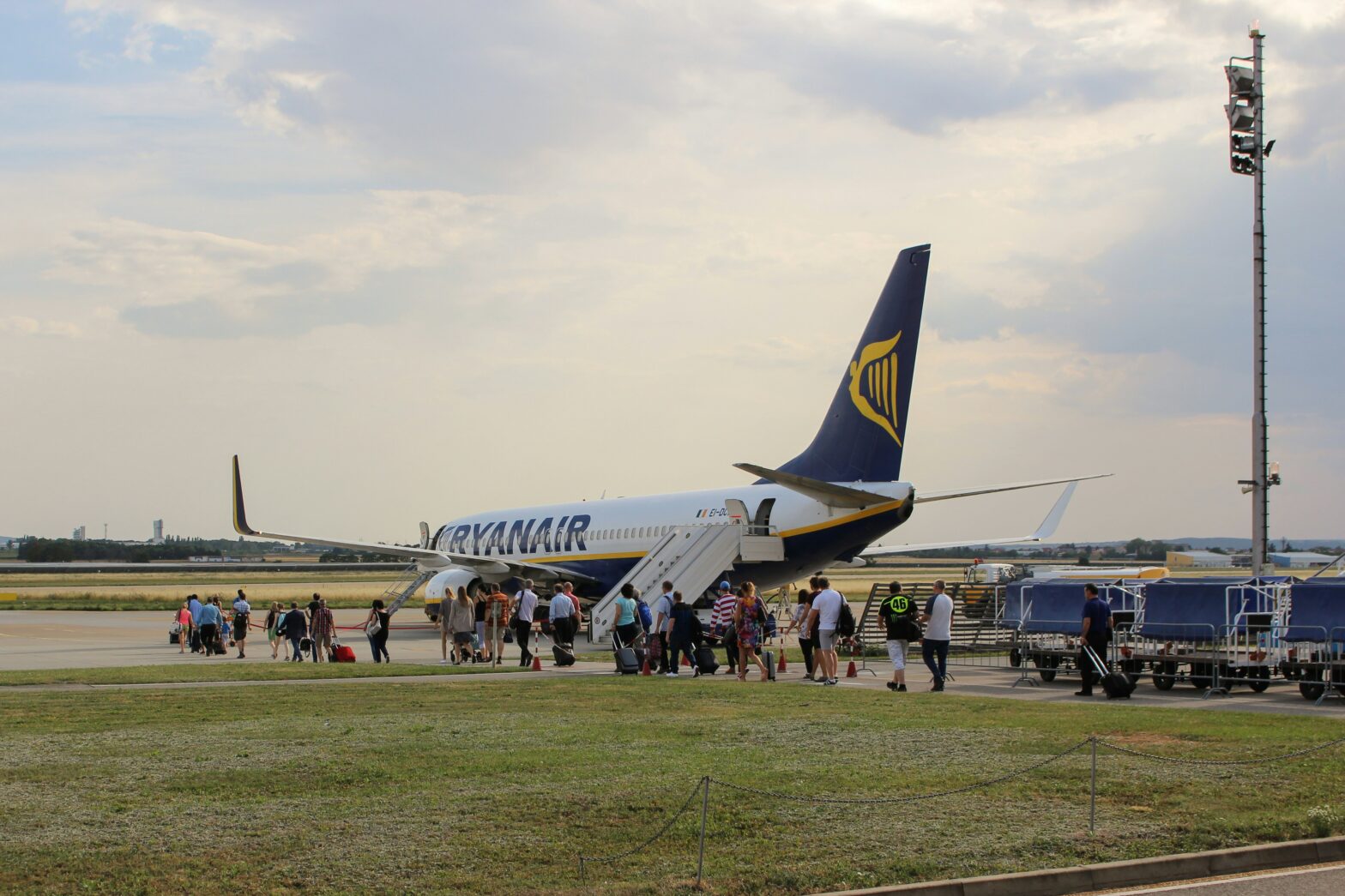For budget-conscious travelers and deal seekers, Spirit Airlines has long been synonymous with affordability in the airline industry. You’ve likely come across the countless jokes on social media that playfully suggest whimsical reasons for the airline’s remarkably low fares. But have you ever wondered why Spirit’s ticket prices consistently undercut those of its competitors? Let’s delve into the mystery behind Spirit Airlines’ reputation as a go-to choice for budget-friendly flights.
Before we explore the question, “Why is Spirit Airlines so cheap,” it’s helpful to trace the airline’s journey to its present-day status. According to Statista, the company’s origins date back to 1964 when it was initially known as the Clipper Trucking Company. However, its venture into the world of aviation didn’t commence until 1980 when it operated as Charter One, a Detroit-based flight company. In 1992, it underwent a rebranding, adopting the name Spirit Airlines, and began operating multiple domestic flights. It was in 2007 that the Spirit Airlines we recognize today emerged, offering lower prices through omitting certain amenities.
Spirit Airlines has firmly established itself as a carrier known for its budget-friendly offerings. Their advertisements proudly tout incredibly low fares, often significantly lower than those of major competitors. This raises the intriguing question: why is Spirit Airlines able to provide such cost-effective travel options? And, is there a trade-off for these savings?
What Does Spirit Airlines Cost in 2024?
In 2024, some Spirit Airlines flights can go for as little as $26. However, how much your ticket will cost depends on where you’re going, when you’re flying, and if you have any add-ons. But, according to Statista, the base price for an average domestic flight from Spirit costs $98. Bear in mind that the pricing model is usually where that cheap flight gets pricy.
The À la Carte Pricing Model
The most distinctive aspect of Spirit’s pricing strategy is its à la carte pricing model. Unlike traditional carriers, which include various amenities and services in the base fare, Spirit offers a base fare that covers the essentials like the seat and getting you from point A to point B. The basic price also covers a personal item, usually a laptop bag or a purse that is under 18 x 14 x 8. Backpacks and rolling luggage will cost extra.
Anything beyond your body in the seat and your tiny personal item, from baggage to in-flight snacks, comes at an additional cost.
This approach allows Spirit to keep its base fares low, appealing to travelers who are willing to forgo certain frills in exchange for substantial savings. However, it also means that passengers need to be mindful of the potential extra costs that can accrue during their journey.
No-Frills Flights
Spirit Airlines is often dubbed an “ultra-low-cost carrier” (ULCC), and it embraces this label. It operates with a leaner business model that focuses on efficiency and cost savings. For example, they typically operate two aircraft models (Airbus A319 and A320 family and a recently implemented A321). This helps to simplify maintenance and crew training. Many believe these are older plane models and that is another explanation for the flight being more affordable. Love The Maldives shared a report that said the A319 planes are the oldest, averaging 15.2 years. The A320 planes average at an age of 6.7 years.
The airline’s no-frills approach extends to other areas as well. Seats on Spirit flights are known for their minimal padding, limited legroom, and the absence of in-flight entertainment. While this may not be the most comfortable experience, it helps Spirit keep costs down and fares low.
Point-to-Point Model
Another reason why Spirit is so cheap? Their flight path models. Traditional airlines often use hub-and-spoke systems, routing flights through major hubs. Spirit, on the other hand, primarily follows a point-to-point model, which means it connects passengers directly from one city to another without going through a central hub. This approach can be more cost-effective, as it reduces the need for extensive ground infrastructure and minimizes connecting flight complexities.
Operational Efficiency
Spirit Airlines is known for its operational efficiency. They often have quick turnarounds between flights, allowing for better aircraft utilization. Additionally, Spirit uses secondary airports, which are typically less congested and charge lower landing fees, reducing operating costs.
The Thrifty Traveler’s Choice
Why is Spirit Airlines so cheap? Basically, because it is a no-nonsense company. The affordability of Spirit Airlines lies in its unique business model and cost-saving strategies. By offering à la carte pricing, embracing a no-frills approach, and maintaining operational efficiency, Spirit can keep its base fares low. Travelers who prioritize saving money over luxury amenities often find Spirit to be an attractive choice. However, passengers must be aware of the potential additional costs associated with their no-frills flights.
Ultimately, Spirit Airlines caters to a particular segment of the market, and their budget-friendly fares make them a practical choice for travelers who want to get from point A to point B without breaking the bank.





